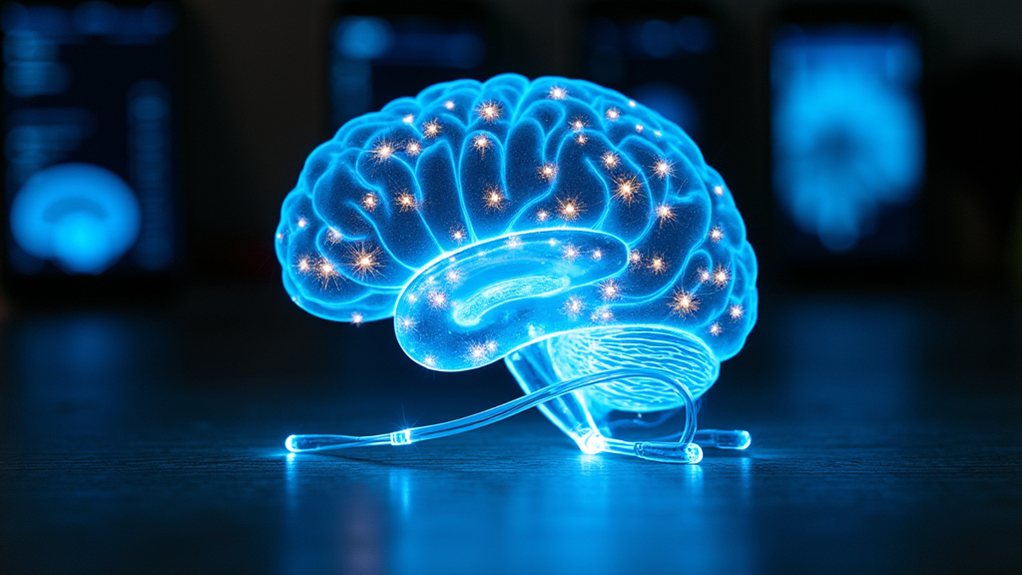Google has introduced a groundbreaking AI training approach called JEST (Joint Embedding and Sparse Training), aimed at improving the efficiency and adaptability of language models.
JEST represents a significant departure from traditional AI training methods. Unlike conventional approaches that focus on predicting the next word in a sequence, JEST tasks models with forecasting multiple future words simultaneously. This multi-token prediction technique has shown remarkable improvements in both performance and training efficiency.
Key features of JEST include:
- Reduced training time: By predicting multiple tokens at once, JEST significantly decreases the time required to train large language models.
- Improved performance: Early results indicate that models trained using JEST demonstrate enhanced accuracy and capabilities compared to traditional methods.
- Lower computational requirements: The new approach potentially reduces the computational power needed for AI model training, addressing concerns about the environmental impact of AI development.
Google’s introduction of JEST comes at a time when the AI industry is facing increasing scrutiny over the resources required to train and run large language models. This new technique could help address these concerns by making AI development more sustainable and accessible.
The JEST approach is part of a broader trend in the AI industry, where companies are exploring new methods to refine AI training processes. For example, Meta has recently introduced a multi-token prediction technique to improve the efficiency of language models, highlighting the industry’s shift towards more sophisticated and efficient AI training methods.
Google’s JEST approach represents a significant step forward in AI training techniques. As researchers and developers begin to explore the potential of this new method, it could lead to a new era of more efficient, adaptable, and powerful AI systems. The introduction of JEST is likely to intensify the ongoing AI arms race, pushing the boundaries of what’s possible in artificial intelligence.









